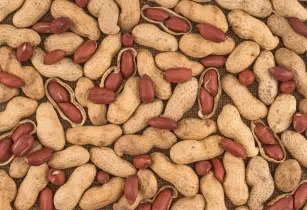New research has revealed that countries increasingly rely on introduced plants for food and need to cooperate to protect crop diversity
The study, published in Proceedings of the Royal Society B, found that awareness of the geographic origin of major food crops is shrinking, threatening conservation and breeding efforts.
Governments should spend more money and effort on joint research and conservation to protect both original crop species and their wild relatives, says lead author Colin Khoury, a researcher at the International Centre for Tropical Agriculture in Colombia.“We all need each other because there is no country that uses only native crop plants,” Khoury explains. “China, as the world’s biggest producer of peanut, should, for example, be interested in conservation in Brazil, where peanut crops [originally] come from.”
According to the team of biologists behind the study, nearly 70 per cent of the world’s crops are grown outside their country of origin. So-called foreign crop use is particularly high on island nations, which can rely almost exclusively on introduced crops.
The countries with the highest use of local crops were Bangladesh, Cambodia and Niger, where only around a fifth of the calories people eat come from crops that originated elsewhere, SciDev.net reported.
Khoury says that growing a diverse mix of local and foreign crops ensures a food supply throughout the year and improves people’s nutrition.
The research shows that certain foreign crops are becoming dominant in some regions, posing a threat to local varieties. Interestingly, the study also showed that the foreign crop’s wild relatives are not protected in their country of origin. Having access to crop wild relatives is important to breed varieties that are resistant to pests and cope with changing environments under global warming.








